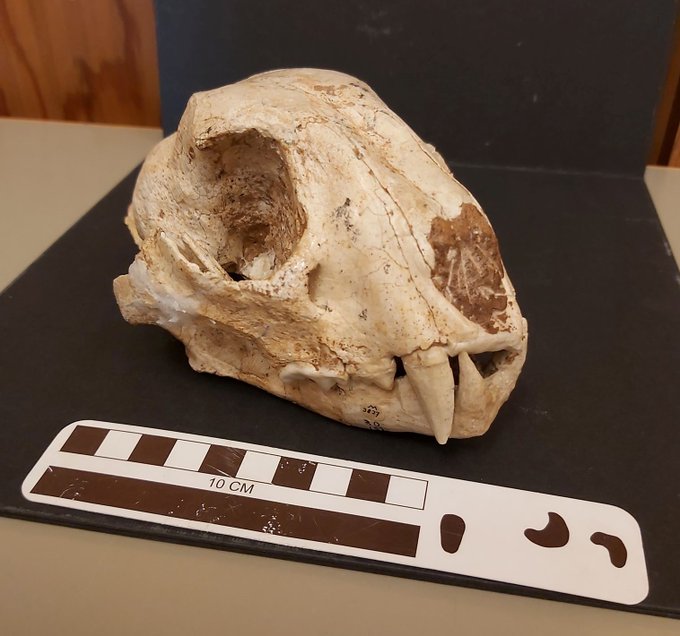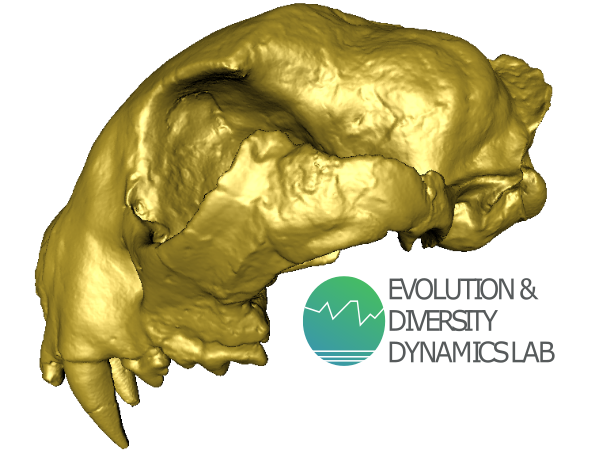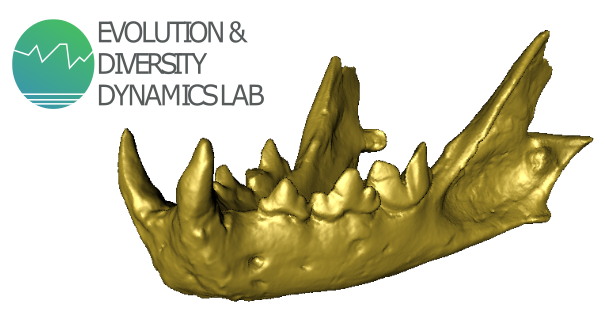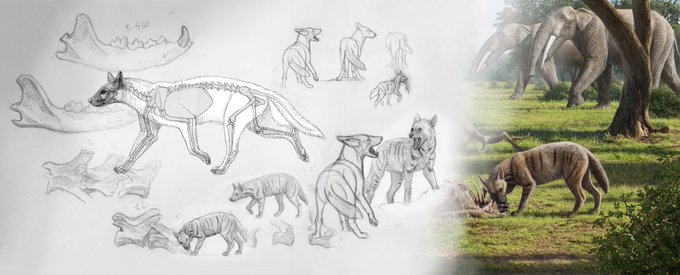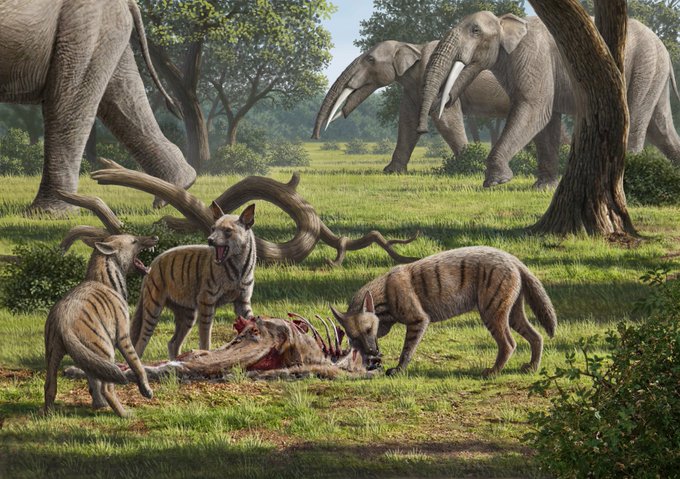MioceneのTwitterイラスト検索結果。 148 件中 6ページ目
Long-necked Camel (Aepycamelus giraffinus)
Meaning: "high camel"
Height: 3 m(9.8 ft)
Lived: Miocene North America
Diet: herbivore
Family: camelidae
Named: 1909
Miocene Fossil from Africa Provides New Evidence for Origin of American Crocodiles
https://t.co/jczAaYKgTW
#paleontology #science
I finally have a bit of time to sketch in the morning. The recent study on Thylacosmilus published last Friday made me want to sketch some portraits of this amazing Late Miocene-Pliocene South American sparassodont #Paleoart #sciart #MammalMonday
3D specimens of fossil otters from the Middle Miocene of Thailand https://t.co/0iLpd5pUZa
Ferocious #FossilFriday! Let me introduce you to the Late Miocene North American Eucyon ferox (previously Canis ferox), here in a wonderful #reconstruction by @FlaviaStrani.
Wanna know what its #diet was?
Read it in the work by me and Prof. Rook:
https://t.co/tGkuc3aEl6
I have been wanting to reconstruct Entelodonts for a while, so for today’s #MammalMonday I decided to sketch this Daeodon, a huge entelodon with a 90 cm skull that lived in the Oligocene and Miocene of North America. I really enjoyed this one #paleoart #sciart
It's chucking it down here on this #FossilFriday, so here's some #paleoart of the plotopterid Copepteryx getting rained on. Plotopterids were a group of Eo-Miocene penguin-like birds that lived in the Northern Hemisphere. Some grew quite large - about the height of a human.
For #FossilFriday I present you these incredible associated skull (PMU-M3836) & mandible (PMU-M3837) of Yoshi minor I had the chance to scan in @UU_University 🦁🇸🇪 This specimen of #sabertoothed #felid was found in late #Miocene deposits in #China and described by Zdansky in 1924
I need to take a break from the commissions I’m currently working on with a completely unrelated animal. So, here is a sketch/speedpaint of a pair of Anisodon grande, a bizarre chalicotheriid from the Late Miocene of Europe #paleoart #sciart #chalicotheriids
The bathornids were lesser-known relatives of the famous South American terror birds that inhabited North America from the Eocene to the Miocene. Here's the largest species, Paracrax gigantea.
Phorusrhacos was a giant flightless terror bird that lived in Miocene Patagonia. It grew to 2.5 metres tall & preyed on horses.
(Credit: Hydrotrioskjan)
A new discovery represents the most diverse European herpetofauna across the latest Miocene/earliest Pliocene, comprising at least 30 distinct species and two new genera and species of #snakes!
G.L. Georgalis, A. Villa, M. Ivanov, D. Vasilyan, M. Delfino
https://t.co/BDBjaJuNjC
Phoberomys was a gigantic rodent & the second largest rodent that ever lived. It roamed Argentina during the Miocene.
(Credit: Prehistoric Wildlife)
Earliest #hyaenids were different from modern, huge bone-crackers like Crocuta. Protictitherium, from the Miocene of Batallones, was no larger than a jackal and had a varied diet including carrion. From fossils to sketches to full reconstruction #fossilfriday
I just found out that today is #InternationalRabbitDay so I decided to quickly sketch one of the oddest extinct rabbits, the LARGE (50 cm tall, about 15-20 kg) Nuralagus rex, which lived on the island of Menorca 5 to 3 million years ago (Miocene and Pliocene) #paloeart #sciart
New online: McGrath, Flynn & Wyss – Proterotheriids and macraucheniids (Litopterna: Mammalia) from the Pampa Castillo Fauna, Chile (early Miocene, Santacrucian SALMA) and a new phylogeny of Proterotheriidae https://t.co/TQdF2RVJI7
















